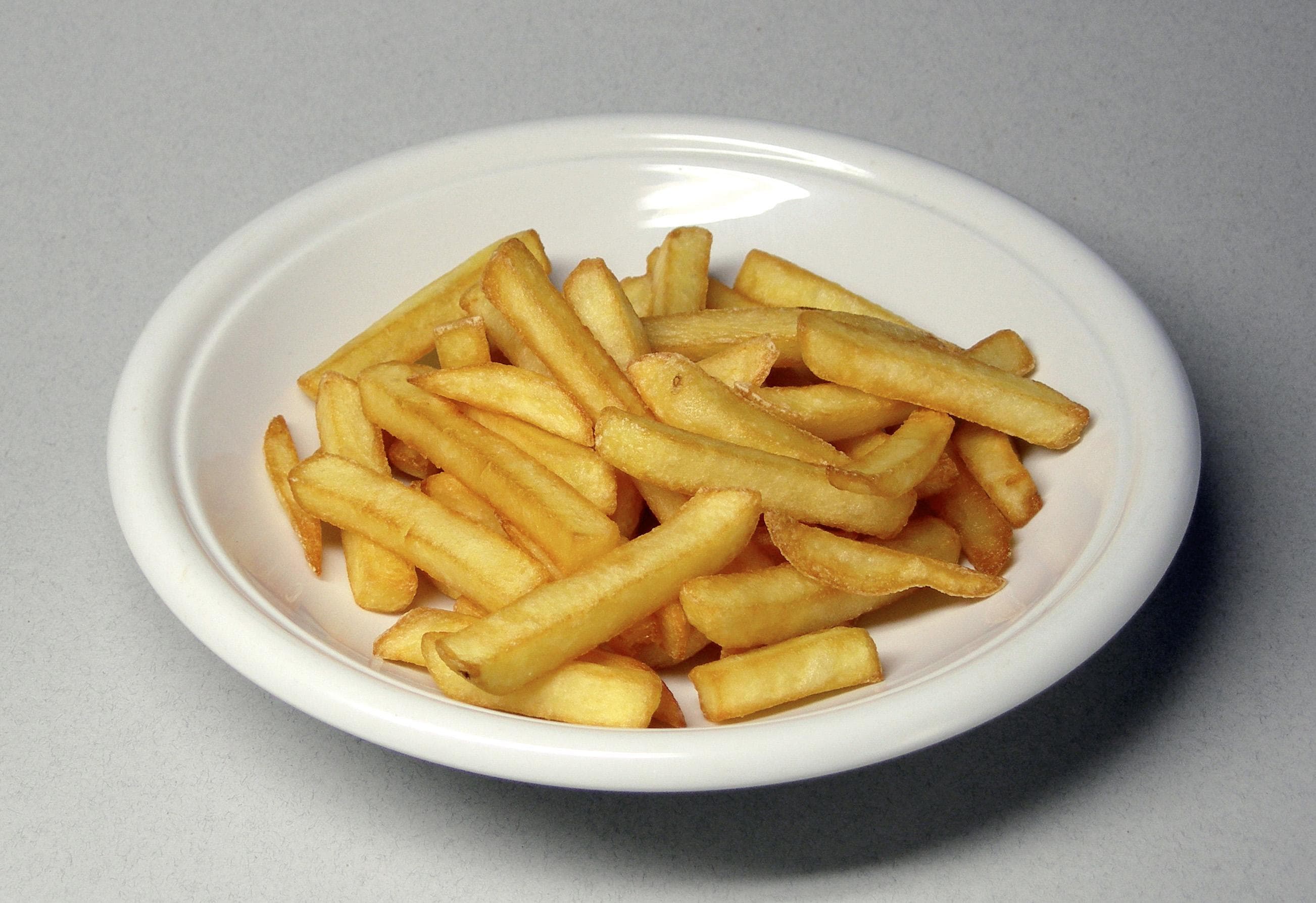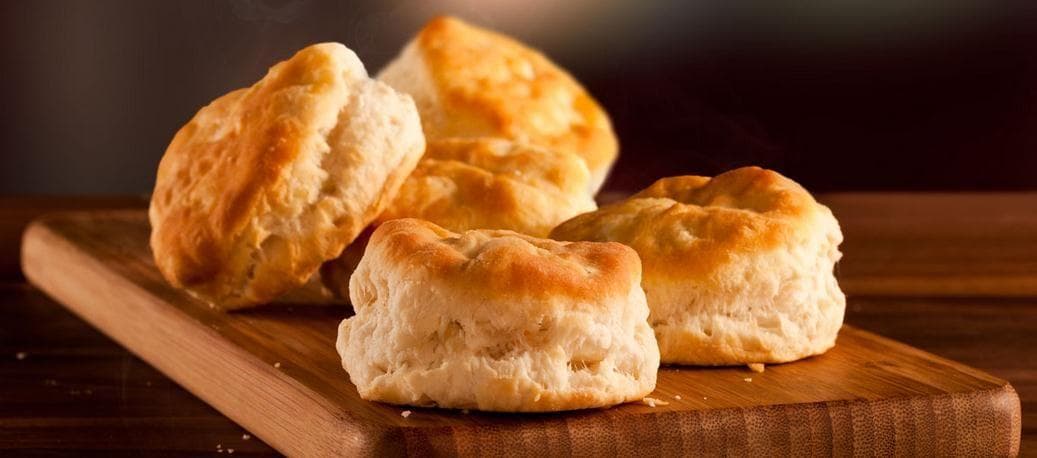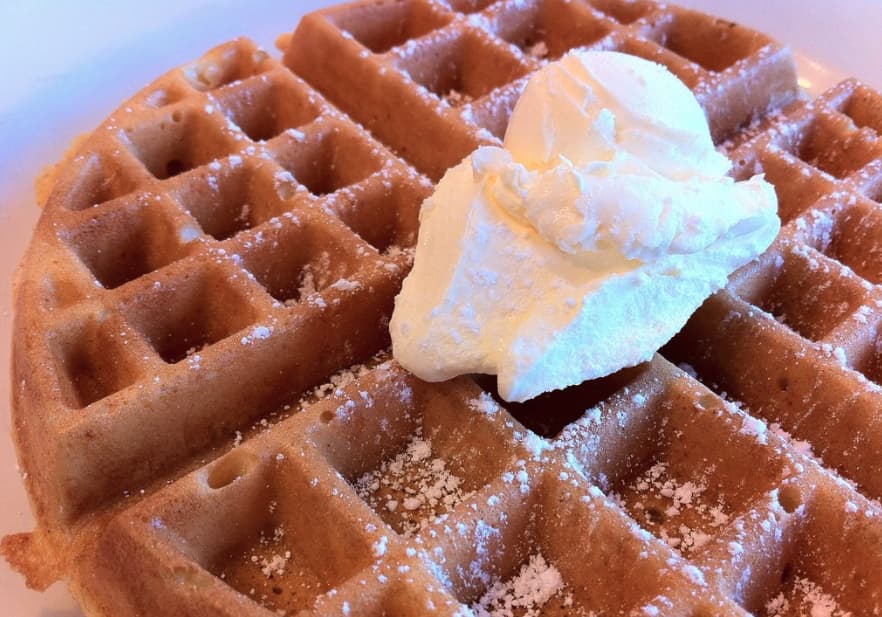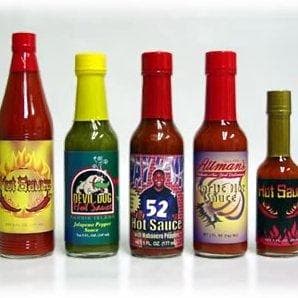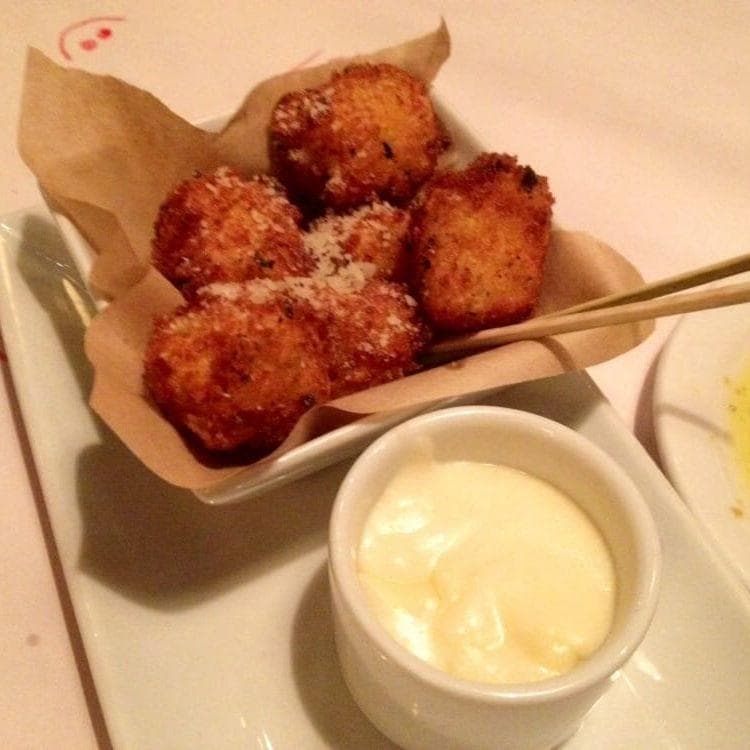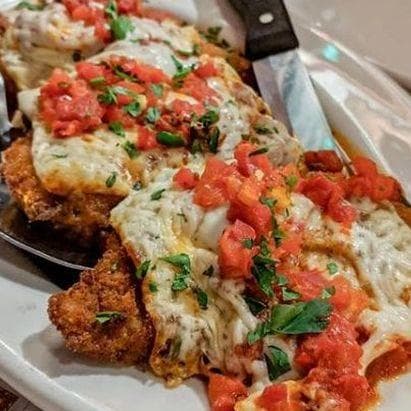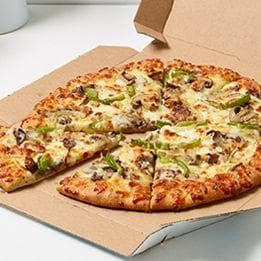-
(#2) No Fresh Milk
Most medieval peasants owned a cow, sheep, or goat and would often milk their livestock to produce dairy products, but medieval Europeans generally didn't drink fresh milk. It would often spoil too quickly; the milk that didn't turn was reserved for sick people. Instead, peasants often drank soured milk or buttermilk and whey mixed with water.
Among the wealthy, there was a different substitute for fresh milk: almond milk. A German cookbook, Das Buch von Guter Speise, was published during the midst of the Great Plague, and nearly one in four recipes used almond milk. One method called for cooked chicken, rice, sugar, and almond milk. A dessert recipe called for strawberries, wine, and almond milk.
Almond milk was also used to treat the sick, as doctors believed it was easier to digest than whole almonds and could provide essential nutrients for the ill. Almonds, however, were expensive, so the nuts were reserved for only the wealthiest individuals. The nut had heavy associations with Greek and Arabic cooking, and though it was prevalent in Northern European recipes, it was not accessible to the majority of the population.
-
(#7) Wine And Beer
A dietary regimen estimated to have emerged between the 12th and 13th century, the Regimen Sanitatis Salernitanum, places a heavy emphasis on drinking wine and ale, as well as on how to choose the best wines and brews to maintain a healthy lifestyle. They were perfect for drinking night or day; people often drank ale with breakfast and washed down dinner with spiced wine.
If a person had too much wine the night before, the best cure was to have a drink in the morning. Though most alcoholic drinks were watered down, Europeans still turned to wine and beer instead of water throughout the era.
There were specifications on finding the best wines and beers, however, because the wrong ones were considered a health risk. A good beer needed to be clear, not sour, and brewed from healthy grain, then properly fermented and aged. White wine was recommended as the most wholesome type of wine because red wine caused "constipation and raucousness of the voice."
-
(#6) Fresh Herbs
During the medieval era, many spices like cloves, cinnamon, and nutmeg were exotic and luxurious due to an Arab monopoly on the spice trade. They were imported into Europe from the East Indies, inaccessible in large quantities, and expensive for most individuals. Many fresh herbs, however, were accessible to a broader European population.
Herbs - the most common of which were sage, parsley, mint, and dill - were important ingredients in medicines. They were used to enhance the flavors of certain dishes. In addition, they served as a treatment for every kind of ailment: coriander was used to quell fevers; anise was meant to cure flatulence; and rosemary would supposedly stop nightmares.
-
(#5) Cooked Vegetables
Europeans feared uncooked vegetables, believing they caused diseases. In 1500, a cookbook entitled The Boke of Kervynge warned cooks to "beware of green salads and raw fruits, for they will make your master sick." Though it may be for a different reason than medieval Europeans believed, it was probably wise for them to cook their vegetables because it did affect public health. Historians have found records of vendors cleaning produce with saliva before selling them, which occurred until the late 18th century.
An item's association with particular social classes determined accessibility to vegetables. Medieval farmers grew many common vegetables, including carrots, cabbage, and peas, but some - specifically carrots and cabbage - were associated with poverty. The saying "to live on carrots" meant not having anything else to eat.
-
(#8) Grains
Peasants during the era often ate three pounds of grain each day in the form of bread, thick porridge, or beer. When eating porridge, peasants sometimes used hollowed-out slices of bread in place of bowls.
Physicians even used bread to protect against plague. Writer Bengt Knutsson reported that he carried "bread or sponge sopped in vinegar" when he visited those affected. Knutsson held the bread in front of his nose to block supposedly contagious vapors.
-
(#9) Sugar
Sugar was a valuable commodity during the late medieval period. It was transported to Europe from the East and West Indies, as well as North Africa. Due to the high labor needed for cultivation, processing, and transportation, sugar was expensive, but it was popular in the upper strata of European society, especially in England. It was used when cooking vegetables and preserving fruit, and people prescribed it as a medicine.
Sugar was so abundant among the social elite that tooth decay became a distinguishing feature of the English aristocracy.
New Random Displays Display All By Ranking
About This Tool
The destructive power of the European Plague is enormous. It killed one-third of the population of the European continent in just 3 years. At the same time, the Plague recreated the food culture and life of medieval Europe and even the world in a unique way. Many eating habits today originated from the disease outbreak period. During the Plague, most people can not choose their favorite foods freely, and sucrose even became a magic medicine for the European people at that time.
Some vegetarian monks have not contracted the disease, and more people have begun to adopt light oil, low fat, and high fiber as a healthy diet standard, and various vegetables have become very common foods. You could find some foods here that Europeans ate during the Plague.
Our data comes from Ranker, If you want to participate in the ranking of items displayed on this page, please click here.



